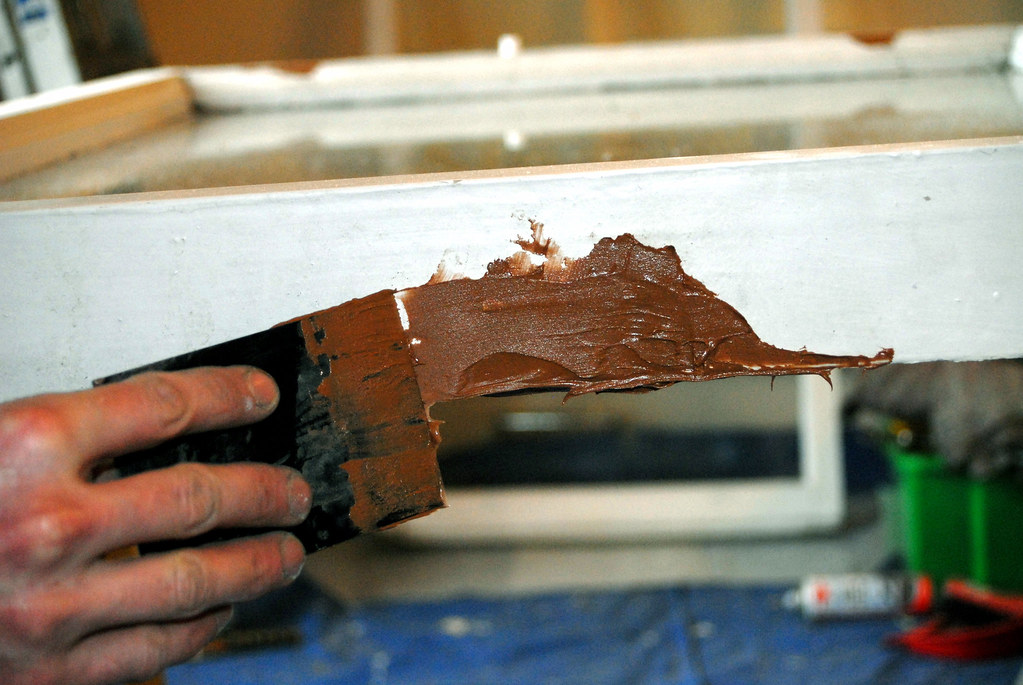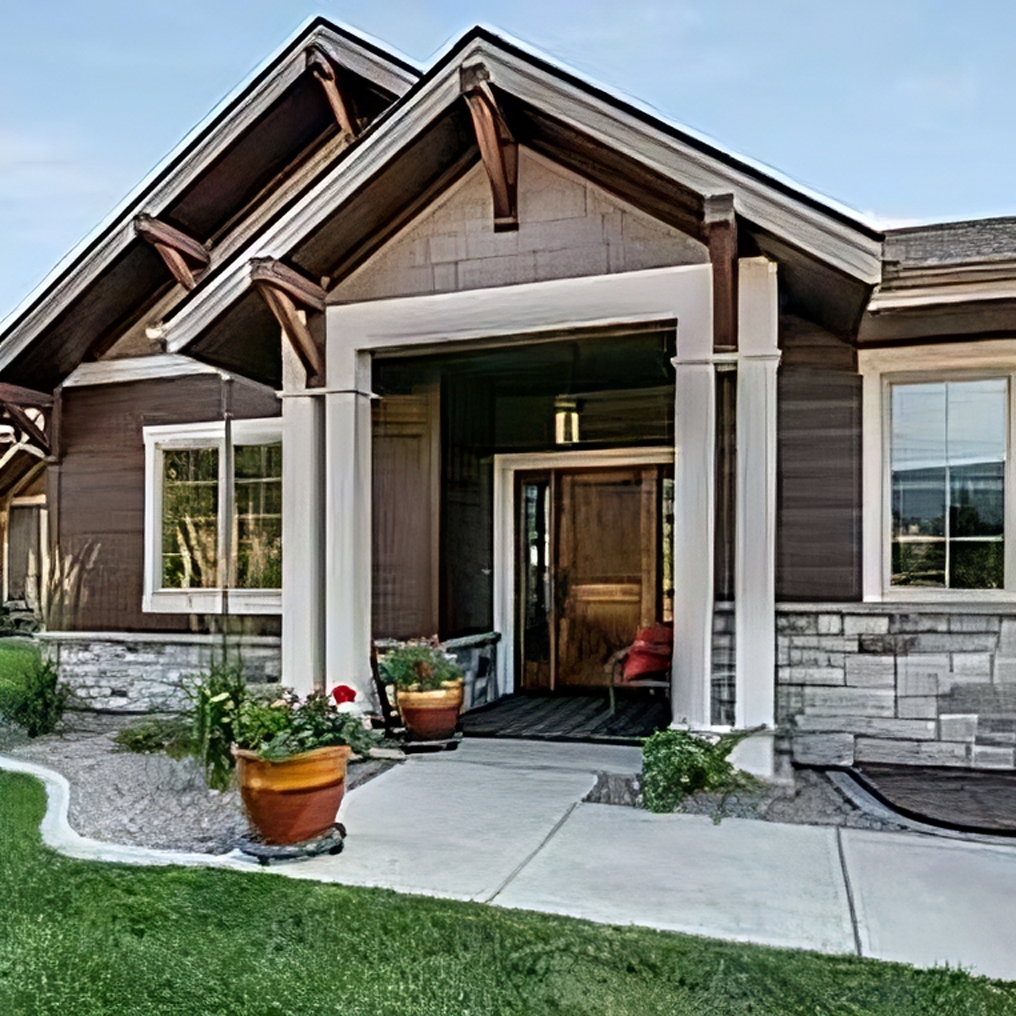At Reliable Design-Build-Remodel, we take pride in delivering top-notch craftsmanship to our clients in Birmingham, AL. A crucial part of achieving a flawless finish in any woodworking or remodeling project involves understanding the right materials to use. Today, we want to shed light on a commonly used product in our industry: wood putty. We’ll address some frequently asked questions about wood putty, also known as wood plastic, its uses, and how it compares to wood filler.
What is the difference between wood putty and wood filler?

While wood putty and wood filler may seem similar, they serve different purposes and possess unique properties. Wood filler is typically made from a combination of wood fibers, sawdust, and a binder such as epoxy or polyurethane. It’s used to fill in large holes, gaps, and cracks in wood, providing a smooth surface that can be sanded, stained, or painted. On the other hand, wood putty, also known as wood repair or wood patch, is made from a mixture of plastic and oil-based compounds. It’s designed to be more flexible and resilient, making it ideal for filling smaller imperfections and finishing touches after the wood has been stained or painted.
Does wood putty dry as hard as wood?
One of the key differences between wood putty and wood filler is their hardness once dried. Wood filler dries to a hard, rigid state that can be sanded and worked similarly to wood. This makes it suitable for structural repairs where strength is essential. In contrast, wood putty does not dry as hard as wood. Its oil-based composition allows it to remain slightly pliable, accommodating the natural expansion and contraction of wood. This flexibility helps prevent cracking and ensures a longer-lasting repair, especially in areas subject to movement or environmental changes.

How do you use wood putty?
Using wood putty is a straightforward process, but attention to detail is crucial for the best results. Begin by ensuring the area to be filled is clean, dry, and free of dust or loose particles. Apply the putty with a putty knife, pressing it firmly into the hole or crack. Smooth the surface of the putty to match the surrounding wood, wiping away any excess. Since wood putty remains pliable, it doesn’t require sanding. However, you should allow it to dry completely according to the manufacturer’s instructions before applying any finish. For optimal results, especially in high-traffic areas or exterior applications, choose a putty that matches the wood’s color or can be painted over.
How well does wood putty work?
Wood putty is an excellent choice for minor repairs and finishing touches in woodworking projects. Its main advantage lies in its flexibility and durability, making it perfect for filling small cracks, nail holes, and blemishes that might appear over time. Wood putty blends seamlessly with stained or painted surfaces, offering an aesthetically pleasing finish. However, it is not recommended for large repairs or areas requiring significant structural support. For such tasks, wood filler or other more robust materials should be used. When applied correctly, wood putty provides a smooth, professional finish that enhances the longevity and appearance of the wood.
What does wood filler not stick to?
Understanding the limitations of wood filler is crucial for ensuring successful repairs. Wood filler does not adhere well to surfaces that are oily, dirty, or extremely smooth. Before applying wood filler, it’s essential to clean the surface thoroughly and roughen it slightly with sandpaper to enhance adhesion. Additionally, wood filler may not bond effectively to non-porous materials such as plastics or metals. It’s designed specifically for use with wood and porous surfaces where it can penetrate and form a strong bond. For non-wood surfaces, other specialized fillers or adhesives should be considered.
Can wood putty hold screws?
Wood putty is not intended to hold screws or bear significant loads. Its primary function is cosmetic, filling small imperfections and providing a smooth finish. If you need to repair a hole where a screw will be reinserted, wood filler or a dowel plug is a better choice. These materials provide a harder, more durable surface capable of holding screws securely. After filling the hole with wood filler, allow it to dry completely, then sand it smooth and drill a pilot hole before inserting the screw. This approach ensures a strong, lasting repair that can withstand the stresses of daily use.

Wood plastic is an invaluable tool for any woodworking or remodeling project, offering flexibility, ease of use, and a smooth finish for minor repairs and touch-ups. At Reliable Design-Build-Remodel, we trust wood putty to deliver professional results that enhance the beauty and durability of our clients’ homes. Whether you’re tackling a small DIY project or need professional assistance, understanding the differences and proper uses of wood putty and wood filler will help you achieve the best results. For more information or expert advice on your next project, don’t hesitate to contact us.
Reliable Design-Build-Remodel is a full service general construction firm and remodeling contractor operating in the Birmingham metro and Jefferson and Shelby County areas and surrounding communities, including Birmingham, Helena, Chelsea, Mountain Brook, Hoover, Homewood, Montevallo, Alabaster, Vestavia Hills, and Pelham, with over 30 years of servicing our valued clients. Offering full service suite of general remodeling, design and build services. Our specialties include bathroom remodeling, kitchen remodeling, exterior renovations, interior renovations, painting, and more!
Visit us at reliablerem.com, and like and follow us on Facebook and Instagram!















